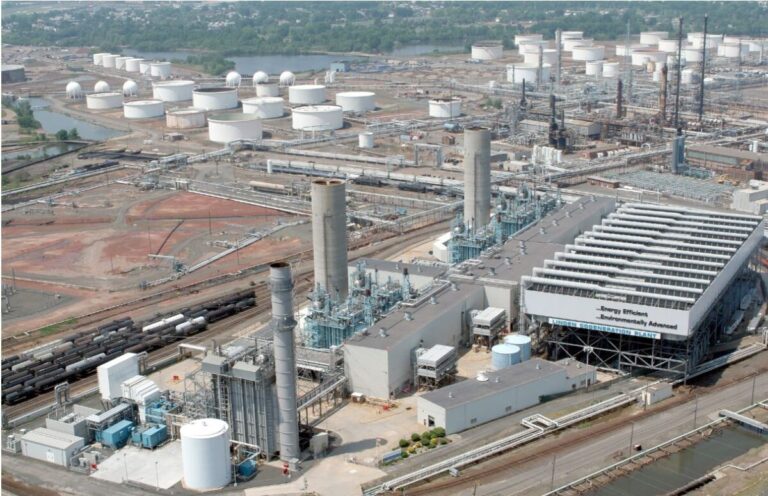Japanese energy producer Jera says it wants to lead the development of the global hydrogen and ammonia value chain with a throughput volume of around 7 million tonnes, while Cepsa reveals it is making progress on its green hydrogen plans in Spain.
Jera said it will invest JPY1 trillion ($6.4 billion) to JPY2 trillion in hydrogen and ammonia by 2035. Hydrogen and ammonia are among the three pillars, alongside LNG and renewable energy sources. “Jera targets a processing volume of approximately 7 million tons and wants to be a pioneer in the global hydrogen and ammonia value chain,” said the Japanese power generation company, add that it will be the world’s first large-scale ammonia power generation in Japan between 2027 and 2028. The company says it is also working with German companies in hydrogen trading and Mitsubishi Heavy Industries in the port of Singapore.
The British government said it has decided not to move forward with a hydrogen city pilot project until strategic decisions have been made on hydrogen’s role in heat decarbonization by 2026. “This follows careful consideration of the future of work in light of the decision in December 2023 not to proceed with the hydrogen village trial in Redcar,” said the government, adding that the decision will depend on its research programme, a pilot project in Fife and other similar programs across Europe.
The Council of the European Union has adopted regulations and a directive to establish Ordinary the internal market rules for renewable energy, natural gas and hydrogen, in addition to the reform of existing EU gas legislation. The scheme will be directly applicable within six months. “The new rules call for integrated and transparent network planning across the EU, following the ‘energy efficiency first’ principle and with a forward-looking approach,” said the Council of the European Union. “Gas and hydrogen network operators will draw up a ten-year EU network development plan.”
Cepsa said it has selected Siemens Energy to supply 100 MW PEM electrolyzers for its La Rábida Energy Park in Palos de la Frontera (Huelva), southern Spain. Cepsa is developing 400 MW of green hydrogen production in Huelva as part of its plans for a capacity of 2 GW by 2030. of 1 GW in Huelva and 1 GW in Cádiz. A final investment decision has yet to be taken on the first phase of the plan. “The PEM electrolysis will complement the use of alkaline water technology that Cepsa has decided to implement for the remaining 300 MW of the project, which it is developing together with partner Fertiberia,” said the Spanish company. Thyssenkrupp nucera is the preferred supplier for 300 MW of alkaline electrolyzers.
Quinbrook said it has launched the development phase of the proposed Green Iron Project in Gladstone, Queensland, Australia. Quinbrook said it will sponsor the detailed evaluation and testing of the Australian ore deposit to prove its quality and extent. Quinbrook said the Gladstone Green Iron project involves exploring, developing, extracting and concentrating magnetite ore at Eulogie, transporting the ore to the Gladstone State Development Zone and potentially converting it into green iron using hydrogen produced by the Central Queensland Hydrogen Project (CQ-H2) .
This content is copyrighted and may not be reused. If you would like to collaborate with us and reuse some of our content, please contact: editors@pv-magazine.com.


